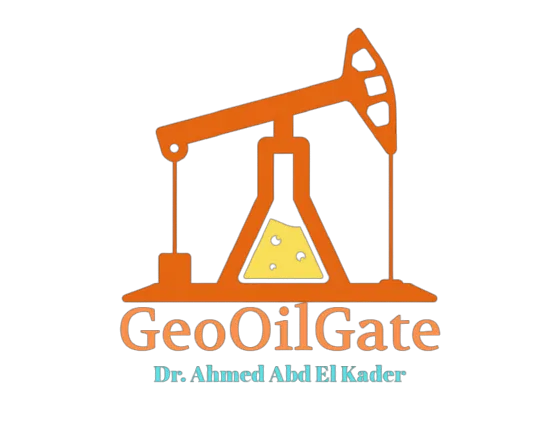NGU delivers marine maps that cover a wide range of themes. Although NGU’s marine maps focus on geological seabed conditions, the maps are available in several formats and their interface has been tailored to various user groups. The maps are viewable through an online interface, which allows for downloading of data.

The marine maps that are currently being developed by NGU are listed here.
Bathymetry: Detailed bathymetry maps include important basic information both for those who work along the coast and on the continental shelf. When one is going to map out the sea floor, access to detailed depth maps is as important as detailed topographic maps are for those working on the land. NGU uses such data on a large scale, and also collects its own data.
Acoustic backscatter: The map is based on data collected with multibeam echosounder. The strength of the echo reflected from the seabed will partially depend on the hardness of the seabed.
Marine landscapes: This map reveals the main features of the landscape on the sea floor, such as the location of marine canyons and shallow banks.
Seabed sediments (grain size): This detailed map shows the grain size of the bottom sediments such as mud, sandy mud, gravel, cobbles and boulders.
Seabed sediments (genesis): The map displays which processes have contributed to form sediments on the ocean floor, based on the sediment’s composition and the terrains they form.
Marine landforms: This map displays the geological landforms on the seabed and how they develop; for example, sand waves and slide scarps.
Sedimentary environment: The map of the sedimentary environment shows the processes that affect the seabed today; such as erosion and sedimentation.
Biotopes: A biotope is an area with a characteristic combination of plant and animal species that live under specific unified physical, geological and oceanographic conditions. The maps are made in collaboration with biologists using statistical modeling.
Shell (carbonate) sand: Two types of shell sand maps are being developed: one which shows shell sand as a geological resource and the other as a nature type.
Bioclastic sediments: Bioclastic sediments is a term used to describe calcareous sediments originating from dead organisms, mainly shells and calcareous algae (shell sand), and carbonate sediments from coral reefs.
Submarine slides: The map shows submarine slides, on the seabed. The most important land forms are slide scars, slide escarpments and slide deposits/submarine fans.
Anchoring conditions: This map displays boat anchoring conditions, based on depth and seabed type. In addition to identifying areas where it is possible to anchor, the map shows areas where bolts can fastened (to bedrock at depths of ca. 30 m).
Diggability: The map indicates how easy it is to excavate an area based on the data collected on various seabed types. It serves also to provide information on the expected stability of excavated areas.
Accumulation basins: This is a map shows basins that are characterized by fine grained sediments. Such areas could be oxygen-depleted and reveal decay processes.
Seismic lines and sampling points: This map displays NGU’s seismic lines and sample points, as well as selected data from other institutions.




